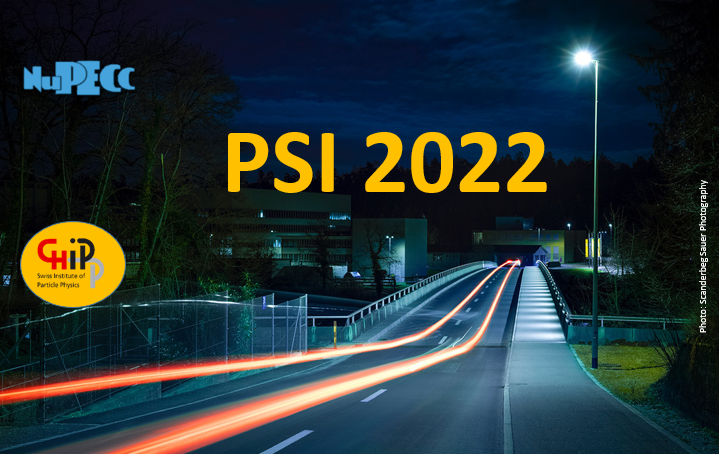Speaker
Description
Historically, pion and muon decays have provided essential information regarding nature of the electroweak interactions. In modern times, pions and muons are theoretically studied to a high precision within the extremely well understood Standard Model framework. This simplicity permits pion decays to be used as sensitive probes for physics Beyond the Standard Model (BSM). The comparison of the chirally supressed $\pi \rightarrow \text{e}\nu(\gamma)$ decay and the $\pi \rightarrow \mu\nu(\gamma)$ decay presents the best test for electron-muon universality, an assumed feature of the Standard Model. Violations of lepton universality may indicate BSM features such as massive neutrinos, charged higgs multiplets, leptoquarks, or several other new possibilities. Experiments have failed to reach the necessary precision by nearly an order of magnitude in order to test the theoretically predicted Standard Model values. The PEN collaboration led by the University of Virginia has performed detailed measurements at the Paul Scherrer Institute with the goal of obtaining a relative uncertainty of $5\times 10^{-4}$ for the $\pi\rightarrow\text{e}\nu(\gamma)$ branching ratio. The PEN apparatus consists of a mini time projection chamber for incoming pion tracking as well as plastic scintillating beam counters and active target, for dectection of pion decays at rest. Decay products are tracked and identified using a cylindrical multi-wire proportional chamber, plastic scintillating hodoscopes, and a pure spherical CsI electromagnetic calorimeter that covers 3$\pi$ sr. Key elements in the analysis include radiative decays, timings, wire chamber efficiencies, highly realistic Monte Carlo simulations, decays in flight, and the low energy tail resulting from energy leakage in the electromagnetic shower. A review of the analysis, current status, and expected systematic uncertainties will be given.

